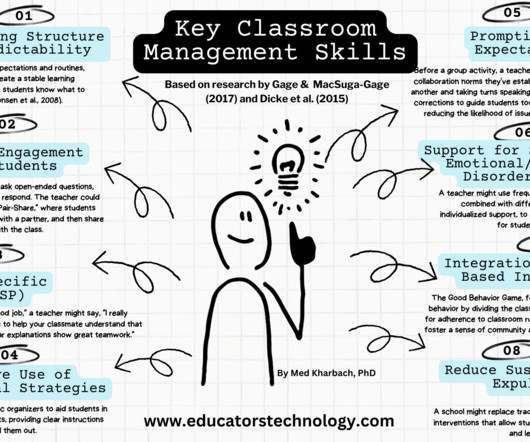How Differentiated Instruction Can Help You Reach Every Student in Class
Waterford
JULY 24, 2020
Research around differentiated instruction confirms this is true. If you can adapt your instruction to reflect your students’ needs and learning preferences, you can make class time more effective and help students become more engaged. What is Differentiated Instruction? Sounds familiar?














Let's personalize your content